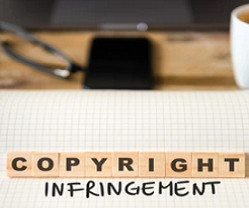Exploring the Various Facets of Copyrights in Digital Spaces
IP and Legal Filings
OCTOBER 23, 2021
Copyright laws play a crucial role in protecting creative expressions such as literary works, artistic works and musical works. This exclusive rights comprises of the right to copy, distribute, perform, license or adapt the work. It officially came into force in March 2002.











Let's personalize your content